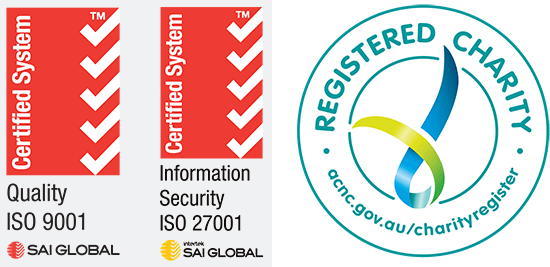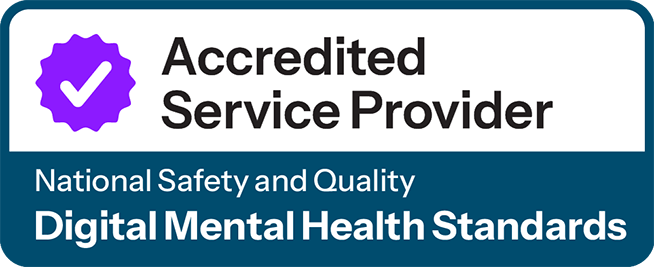
By Dr Jeannie Knapp, GP and Primary Health Care Improvement GP Adviser, North Western Melbourne Primary Health Network.
Criterion GP2.2: Follow-up systems
Indicator GP2.2D: Our practice initiates and manages patient reminders.
Using reminders to proactively contact patients about their care means that patients will be more likely to undergo a preventive activity, such as cancer screening. Traditionally we have tended to call these recalls and practice software usually calls these recalls – but the correct term is reminder.
A reminder occurs when a patient is added to a recommended preventive activity list or a recall/reminder system that is managed on a periodic basis. Reminders are used to help manage preventive care and can be set up at any time by noting in a patient’s health record when the patient is due to return to the clinic for a routine check.
Reminders help to ensure patients have preventive health checks. For example, your practice could send an email, letter or text message to patients who are:
- In the high-risk age bracket for influenza, prompting them to come in and have the vaccine before the start of the influenza season.
- Due for immunisations, including children and high-risk groups.
- Due for a routine screen, such as a cervical screen or mammogram.
- Due for other preventative activities such as lipid testing or blood pressure checks.
- Due for routine care such as a diabetes check.
Some medical software will display a prompt when a patient’s health record is opened, so the practitioner is informed that the patient is due for a preventive or clinical activity.
Some clinical software will automatically generate text messages, emails or letters to patients when the reminder is due. Add-on applications can also do this in conjunction with your clinical software.
- Medical Director
- Best Practice
- CAT4/Pen CAT (Free licence)
- GoShare (Free licence)
- HotDoc
- HealthEngine
If your practice sends a reminder to a patient for routine care or screening and the patient does not make an appointment, the practice is not required to follow up – although it is good practice to record the reminder in the patient’s health record. Reminders that are set up and sent to recall abnormal test results, such as a 12-month follow-up for an abnormal cervical screening test, are considered recalls and do require follow-up.
To meet this criterion, you could:
- Document in patient health records when reminders have been initiated by the practice and acted on by the patient.
- Document the recall and reminder system, including who is responsible for monitoring and follow-up.
- Maintain templates in a clinical software program to trigger recalls and reminders.
- Educate the practice team so they can tell patients about the process of sending out reminders.
- Have reminders sent through the clinical information system.
Criterion C4.1: Health promotion and preventive care
Indicator C4.1 A: Our patients receive appropriately tailored information about health promotion, illness prevention, and preventive care.
Health promotion focuses on:
- Prevention and protection, rather than treatment
- Populations and individuals
- Factors and behaviours that cause illness and injury, rather than the illness and injury itself
Providing a systematic approach to preventive care

Assessing a patient’s health risks is an important component of preventive care, part of which is early detection of disease. The screening programs for cervical cancer and bowel cancer are good examples of this.
Adopting a systematic approach to health promotion and preventive care can include:
- Conducting patient prevention surveys
- Collecting information on family history and health risk factors
- Reviewing and understanding the practice’s patient population and their healthcare needs
- Maintaining a disease register
- Establishing a reminder system
- Maintaining a directory of local services that offer programs to help patients modify their lifestyle
A reminder system that helps ensure that patients undergo regular screening and checks must also protect the privacy and confidentiality of each patient’s health information. If you decide to stop using a reminder system, it is good practice to advise patients, so that they can use their own system to ensure that they have regular screenings and checks.
Providing information to patients
Practitioners can provide education about health promotion and preventive care during a consultation. This can be done verbally and by giving patients written and visual information. Patients could be offered interpreters during consultations if necessary, so that they understand the information and care provided.
By providing information in documents such as brochures and fact sheets and on reputable websites, including your own, you will be encouraging patients to select information on health issues that may affect or interest them. You can also tailor information so that it caters for your patient population. For example:
- You can modify or add to the information in documents, such as brochures and pamphlets that you receive from health departments, non-government organisations, health promotion programs, local community organisations, and support and self-help groups.
- You can provide information in other languages and other formats for patients with low English proficiency (for example: in plain English; pictures and videos).
- You can provide culturally appropriate material (for example: for Aboriginal and Torres Strait Islander patients).
Managing patient information to support preventive care
When you collect information about a patient’s health (for example: the patient’s family medical history), record the information in the patient’s health summary and health record. Keeping a complete health summary that includes the patient’s main health issues means you can provide better care and pass on appropriate information when patients seek care from other health professionals.
If the patient’s complete family medical history is not readily available or the information is sensitive and the patient is reluctant to provide it, appropriate respect must be given.
Some information may also be transferred to national state-based registers (for example: immunisation data, cervical screening and familial cancer registries) in order to improve care. If your practice participates in national registers, you need to:
- Obtain consent from each patient to have their health information sent to a register.
- Inform patients that they can opt out of certain registers, but not others (for example: HIV infection register).
- Remind patients when they need to have another screening (do not rely on patients receiving reminders from these registries).
To meet this criterion, you must:
- Document in the patient’s health record discussions or activities relating to preventive health.
To meet this criterion, you could:
- Use preventive health guidelines and resources.
- Hand out up-to-date pamphlets and brochures.
- Provide information on the practice’s website.
- Run preventive health activities, such as diabetic education groups and groups to help patients quit smoking.
Have a reminder system to prompt patients of screening activities.
Recalls and Reminders Free Webinar
- If you’re interested in obtaining a copy of Katrina Otto’s (Train IT Medical) Recalls and Reminders webinar for Best Practice and Medical Director, please contact education@nwmphn.org.au
Additional resources
- CAT4 Recall Recipes
- RACGP: Putting Prevention into Practice (Green Book)
- Australian Medical Association: Recall systems and patient consent
- Avant: Dos and don’ts of patient SMS communication
- Train IT Medical: Practice management resources
Expressions of interest: Free GoShare licences for general practices 
GoShare is a platform to help general practices share health resources tailored to the patient’s needs. The platform is easy to use and customisable. It allows practices to send information to one or multiple patients by SMS or email.





